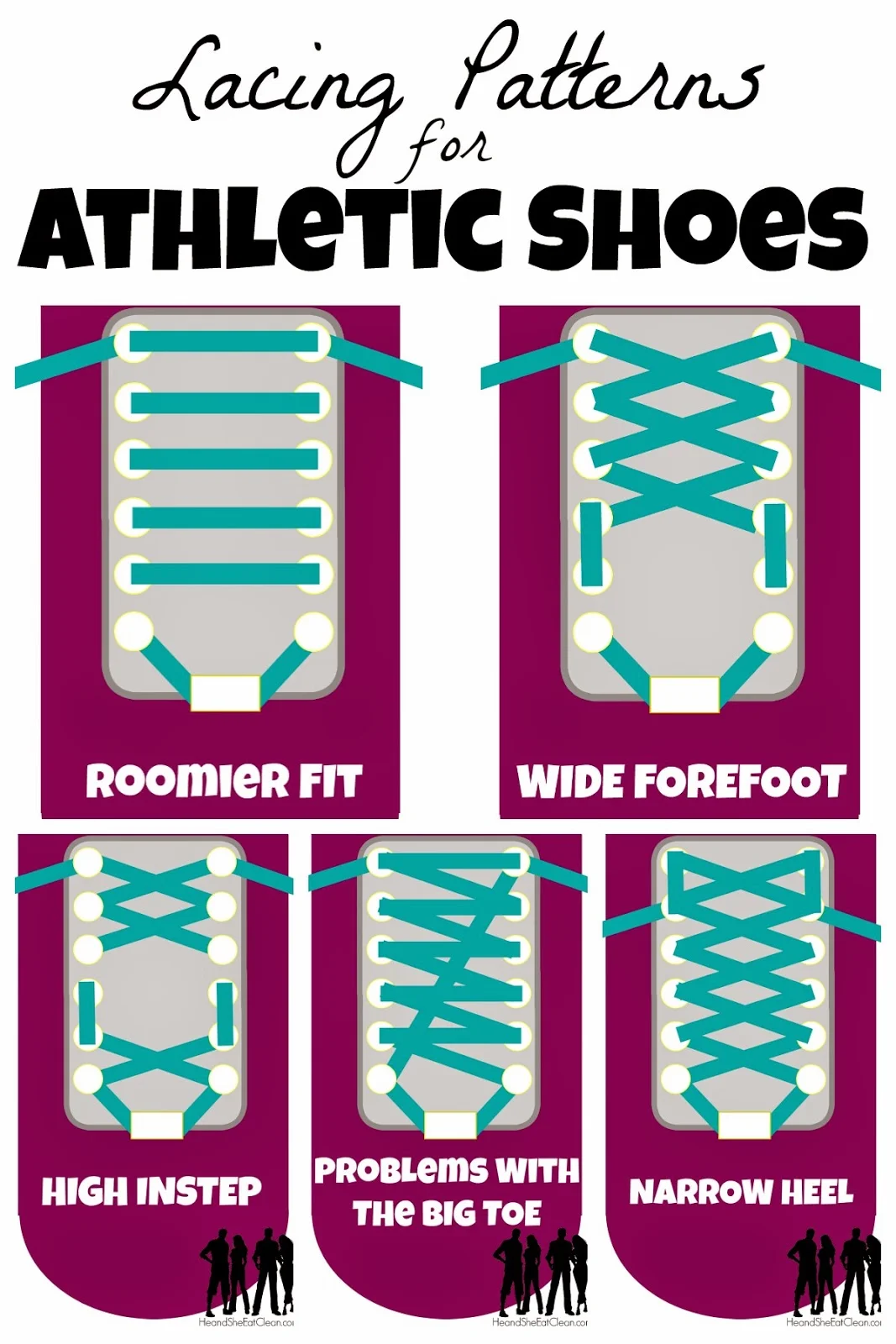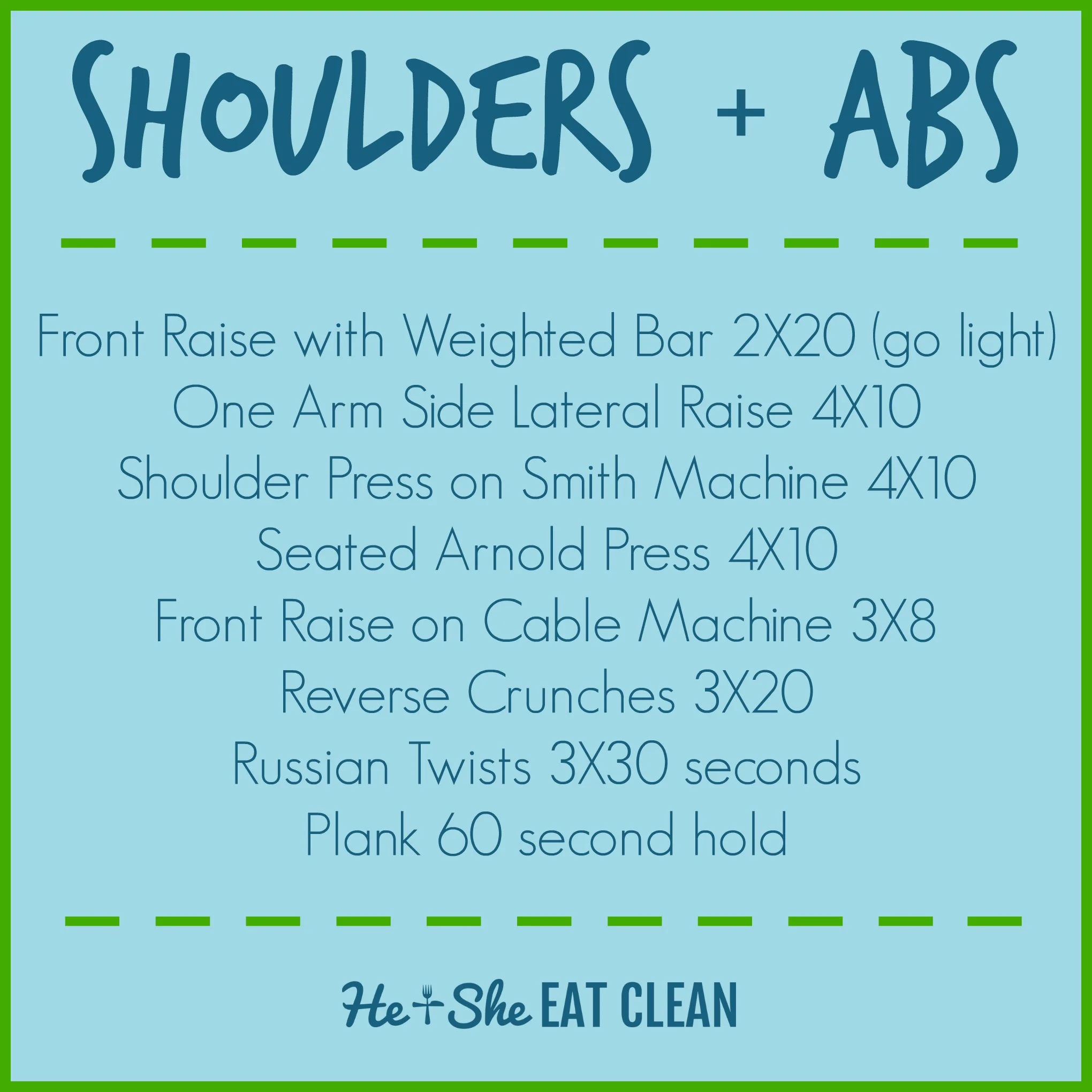No one wants to run out of energy on their run which is why it is very important to eat before heading out the door. Eat foods that are easily digestible and make sure you let your food settle at least 30 minutes before hitting the pavement or trail!
What you should eat BEFORE your run:
Shorter Runs (44 min or less): 50-100 calorie source of fast digesting carbohydrates
Options:
- Rice cake
- Piece of fruit
Longer Runs (45 min +): 100-150 calories of a fast digesting and a slower digesting carbohydrate source
Options:
- Rice cake with a tsp of natural peanut butter + fruit
- Oats with fruit
Is Carb Loading Necessary?
Carb loading...it sounds like fun doesn't it? There are some situations where carb loading is beneficial but if you are just going on a jog around your neighborhood, skip it. Carb loading could be beneficial if you are running a half marathon, marathon, or competing in a triathlon. The best way to ensure your success though is by incorporating strength training (our run builder workout plan is perfect!) and eating a healthy diet leading up to the race.
What about those oh so yummy energy chews and gels? Well, those are oh so yummy because they are basically just sugar! Skip these on your shorter runs and have one of the carbohydrate sources listed above. Save the gummies and gels for your longer runs! Think of it like this, if you burn 250-350 calories running 3 miles (varies based on weight, speed, time spent running, etc) you don't want to take in 150-200 calories of sugar in the form of gummies or gels.
What you should eat AFTER your run:
A 100-200 calorie snack consisting of a lean protein source and a fast digesting carbohydrate source. Try to eat within 30 minutes of finishing your run.
Options:
- Protein shake with fruit (easy to make and easy to customize to your taste buds!)
- Eggs with fruit
- Chicken with rice
As with almost everything in the fitness world, you will have to play around with different foods to find out what works best for you!
Doing more than just cardio? Check out our post on What to Eat Before and After Your Workout!
















































